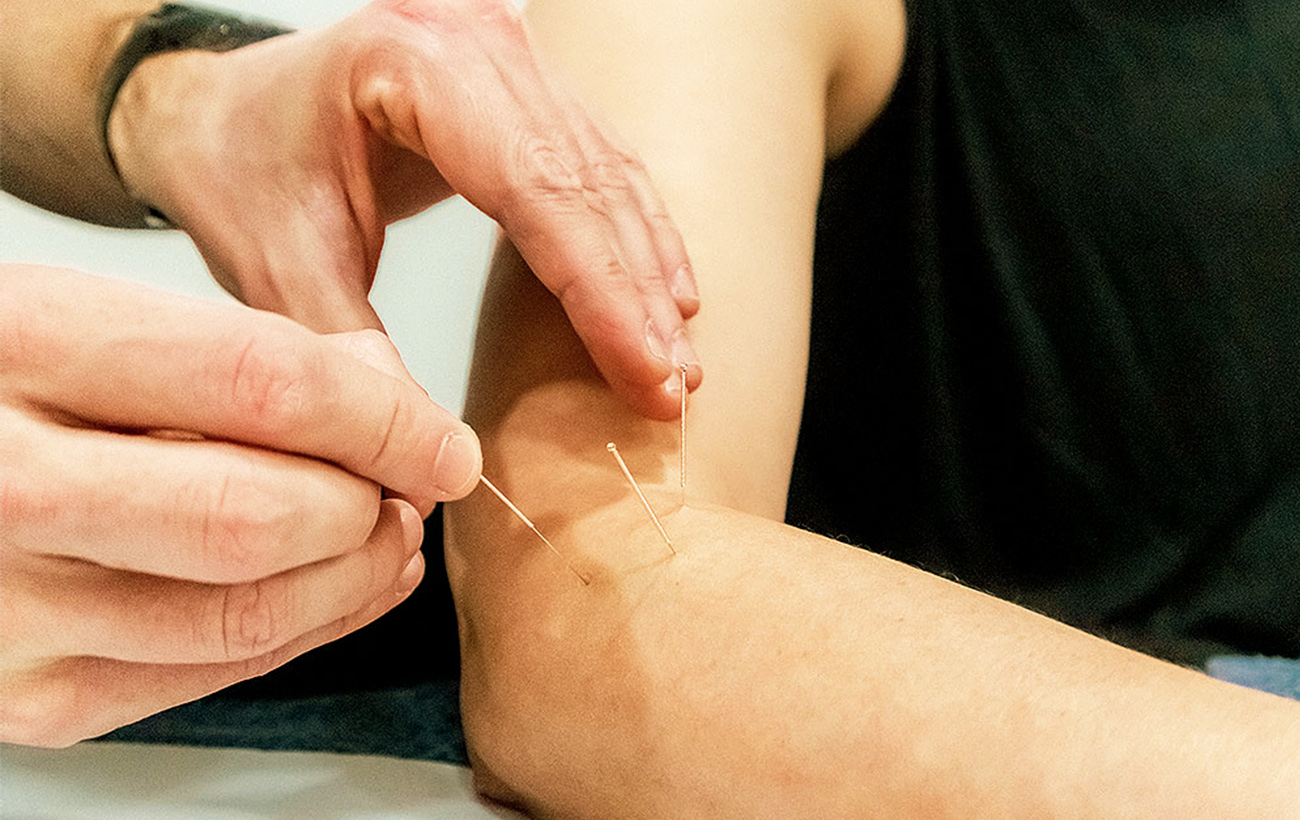
Dry Needling: What is it?
Dry needling uses the same thin needles as acupuncture, inserted to specific spots all across the body to help with musculoskeletal pain problems. Whilst acupuncture is more popular in certain parts of the world, Dry Needling fits in closer with current Western Medicine practices.
Traditional Acupuncture is part of the ancient practice of Traditional Chinese medicine. They believe the human body has more than 2,000 acupuncture points connected by meridians. Qi, pronounced “chee” is the energy that flows through these pathways and is responsible for overall health. Illness or disease is then thought to arise when there is disruption to this flow. By applying acupuncture to certain points, it is thought to improve the flow of Qi, thereby improving health for things like kidney and liver disease.
Western Dry needling tends to focus more purely on the muscular system and not wider health. We place the needles in muscle trigger points and stimulate them to get a release inside the tissue. This can improve muscle length, reporting of tension, strength and pain. However the insertion of the needle does still give plenty of systemic health benefits like promoting healing, reducing inflammation and inhibiting pain responses elsewhere in the body.
These are some of the common conditions we treat with Dry Needling:
- Low back pain
- Neck pain
- Migraine and tension-type headaches
- Acute muscle spasm
- Shoulder pain, rotator cuff tears, impingement and bursitis
- Tennis and golfer’s elbow
- Hip pain, gluteal tendinopathy, hip impingement
- Patella tendinopathy
- ITB friction syndrome
- Achilles tendinopathy
- Plantar fasciitis
When presented with the option to have dry needling done some people can panic at the thought. However the needles are significantly smaller than the needles people might be used to with injections and blood samples. The level of stimulation (moving it) we put into the needle purely depends on your tolerance. Whilst there is discomfort we will never go fully into pain or anything you can’t tolerate – as the goal is to help you relax and improve pain. Small muscle twitches can occur but this is actually the goal and can mean better outcomes. You may experience a dull ache afterwards for a few hours but this would be similar to a massage, and you would be able to exercise the following day.
There are some potential risks as there are with any procedure like bleeding/bruising and increased pain but this is very uncommon. The risks all come down to the area we are looking to needle and can be discussed with your therapist directly.
The release that happens inside the muscle is similar to when we do massage, but is more significant and longer lasting than massage. Also with less discomfort for you. Benefits can be anywhere up to a week for a recurring problem or instant and long term for an acute problem.
If you are interested in having this for a problem you’re experiencing, all of our therapists are trained in this and can guide you through the process. It really is an exceptional beneficial treatment option and the approach can be tailored to your tolerance. I too was once a skeptic until someone treated me with it and I noticed the benefits!
If you have any questions please do not hesitate to contact us as well or book via the links above!
